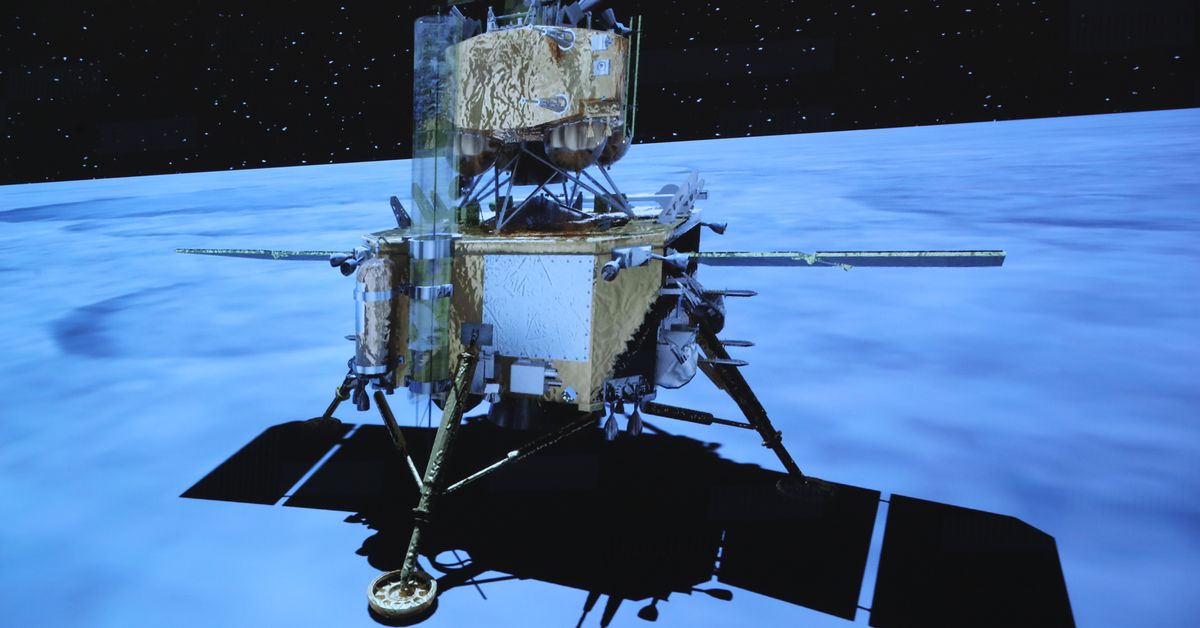China returns sample of lunar dirt to Earth
Source: The Verge added 16th Dec 2020China’s first mission to return a sample of dirt from the Moon just arrived back at Earth, with a container of lunar rocks in tow, China state media confirmed. A capsule of lunar material scraped up by a Chinese spacecraft landed this afternoon in a very snowy Inner Mongolia, after plunging through Earth’s atmosphere and parachuting to the ground.
The landing marks the end of China’s third whirlwind — and incredibly complex — mission to the lunar surface, called Chang’e 5. The flight launched on November 23rd, sending a gaggle of four different robotic spacecraft to the Moon’s orbit. On December 1st, two of those spacecraft — a lander and an ascent vehicle — touched down on the lunar surface in order to dig up samples of rocks from the ground. Once enough material had been collected, the ascent vehicle then blasted off of the Moon, carrying the samples to the rest of the spacecraft still in lunar orbit.
That started the quick journey back to Earth. The ascent vehicle transferred the samples to the rest of the spacecraft, which set a course back to our planet. This afternoon, a reentry capsule with the samples inside broke away and headed for Earth. The capsule skipped off the atmosphere once before diving through it and landing on the ground.
The landing makes China the third country to return samples from the Moon to Earth, behind the United States and the former Soviet Union. In fact, the last time any country brought back samples from the Moon was in 1976, with the Soviet Union’s Luna 24 robotic mission.
After the landing, Chinese officials located the capsule and will soon open it up in a lab to better understand the lunar haul. China hoped to gather up to 4 kilograms of space rocks from an unexplored part of the Moon called Oceanus Procellarum, or the “Ocean of Storms.” This region of the lunar surface is much smoother than other areas of the Moon, leading scientists to suspect that the rocks there have been smoothed out recently by volcanoes late in the Moon’s lifetime. Studying this material in a laboratory setting could give scientists a better understanding of the Moon’s evolution as well as the entire complex history of the Earth-Moon system.
brands: Lander other Space media: 'The Verge'
Related posts
Notice: Undefined variable: all_related in /var/www/vhosts/rondea.com/httpdocs/wp-content/themes/rondea-2-0/single-article.php on line 88
Notice: Undefined variable: all_related in /var/www/vhosts/rondea.com/httpdocs/wp-content/themes/rondea-2-0/single-article.php on line 88
Related Products
Notice: Undefined variable: all_related in /var/www/vhosts/rondea.com/httpdocs/wp-content/themes/rondea-2-0/single-article.php on line 91
Warning: Invalid argument supplied for foreach() in /var/www/vhosts/rondea.com/httpdocs/wp-content/themes/rondea-2-0/single-article.php on line 91
